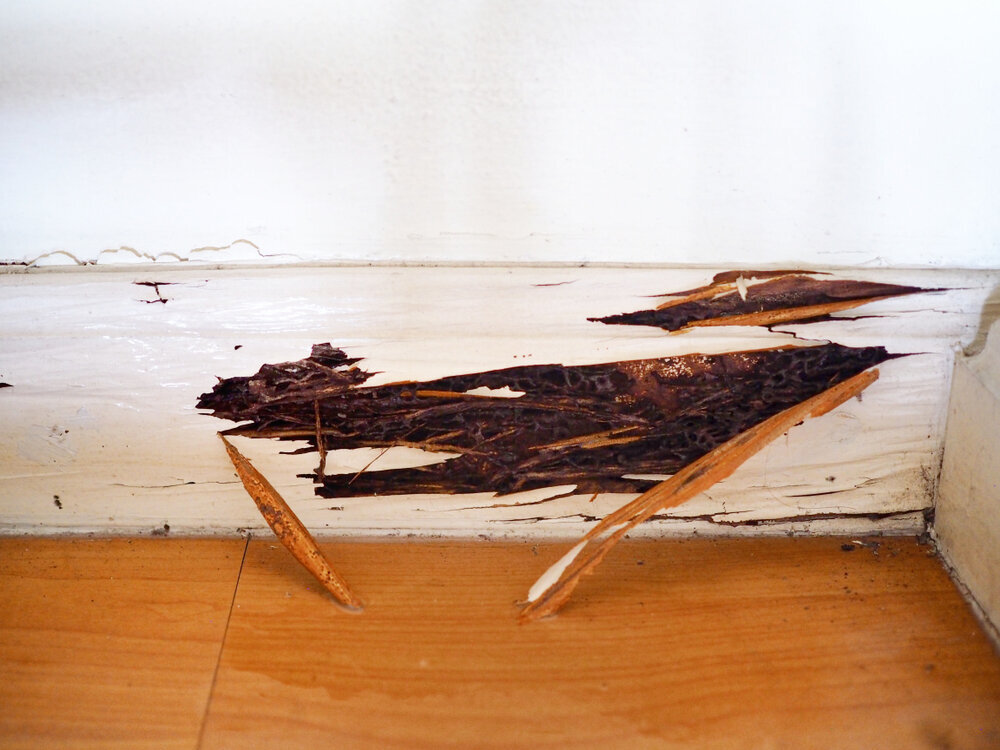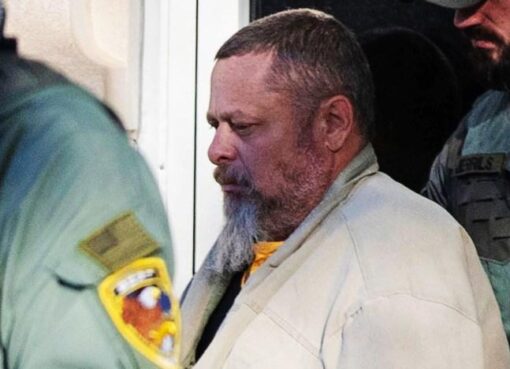Becomes Damaged like Wood: Understanding Damage

Becomes Damaged like Wood, one of the most ancient and versatile materials used by humanity, has been a cornerstone of construction, art, and daily life for millennia. Despite its durability and aesthetic appeal, becomes damaged like wood is also vulnerable to various types of damage. This article explores the different ways wood can become damaged, the factors that contribute to its deterioration, and the methods used to preserve and protect it. Understanding these aspects is crucial for anyone who works with wood, whether in construction, furniture making, or conservation.
The Nature of Wood
To appreciate how becomes damaged like wood, it is essential to understand its composition and properties. Wood is an organic material composed primarily of cellulose fibers embedded in a matrix of lignin. These components give wood its strength and flexibility. becomes damaged like wood’s structure, however, also makes it susceptible to environmental factors and biological agents that can cause damage.
Wood is categorized into two main types: hardwoods and softwoods. Hardwoods, such as oak and maple, are generally more dense and durable than softwoods, like pine and spruce. Despite these differences, both types of wood are vulnerable to similar forms of damage.
Types of Wood Damage
- Moisture Damage
- Water Absorption: Becomes damaged like wood is hygroscopic, meaning it absorbs and releases moisture from its surroundings. Excessive water absorption can cause wood to swell, warp, and eventually rot. This is particularly common in wood used outdoors or in areas with high humidity.
- Drying and Shrinkage: Conversely, becomes damaged like wood can lose moisture in dry environments, leading to shrinkage, cracking, and splitting. Rapid changes in moisture levels can exacerbate these effects, causing significant structural damage.
- Biological Damage
- Fungal Decay: Fungi are a major cause of wood decay, thriving in moist conditions. They break down the cellulose and lignin in wood, leading to softening, discoloration, and structural weakness. Common types of fungal decay include brown rot, white rot, and soft rot.
- Insect Infestation: Various insects, such as termites, beetles, and carpenter ants, can infest wood, causing extensive damage. These pests bore into wood, creating tunnels and cavities that weaken its structure and can lead to collapse.
- Mechanical Damage
- Physical Wear and Tear: Becomes damaged like wood used in high-traffic areas or subjected to repeated mechanical stress can suffer from wear and tear. This includes scratches, dents, and abrasions that mar the surface and compromise the wood’s integrity.
- Impact Damage: Heavy impacts from falling objects or collisions can cause immediate damage to wood, such as cracks, splinters, or even breaks.
- Environmental Damage
- UV Radiation: Prolonged exposure to sunlight can cause wood to fade, lose its natural color, and degrade its surface. Ultraviolet (UV) radiation breaks down the lignin, resulting in a bleached appearance and a brittle texture.
- Temperature Fluctuations: Extreme temperatures and rapid changes can cause wood to expand and contract, leading to warping, splitting, and other forms of structural damage.
- Chemical Damage
- Chemical Reactions: Exposure to chemicals, whether from pollution, cleaning agents, or spills, can alter the composition of wood. Acidic or alkaline substances can break down cellulose and lignin, weakening the wood and causing discoloration or erosion.
- Fire: Becomes damaged like wood is highly flammable and can be completely destroyed by fire. Even minor burns can significantly weaken wood structures and require extensive repair or replacement.
Factors Contributing to Wood Damage

Several factors influence the extent and severity of becomes damaged like wood. Understanding these can help in preventing or mitigating damage:
- Wood Species: Different species of wood have varying levels of resistance to damage. Hardwoods are generally more resistant to impact and wear, while certain softwoods have natural resistance to insects and decay.
- Moisture Content: The initial moisture content of wood and its exposure to moisture over time are critical factors. Properly dried and treated wood is less susceptible to moisture-related damage.
- Protective Treatments: Becomes damaged like wood that has been treated with preservatives, sealants, or coatings is better protected against environmental and biological damage. These treatments create a barrier that can prevent moisture absorption, insect infestation, and UV damage.
- Environmental Conditions: The location and environmental conditions where wood is used play a significant role. Becomes damaged like wood exposed to harsh weather, fluctuating temperatures, or high humidity is more prone to damage.
- Maintenance and Care: Regular maintenance, including cleaning, sealing, and inspections, can greatly extend the life of wood. Neglecting these practices can lead to accelerated deterioration and damage.
Methods of Wood Preservation and Protection
- Moisture Control
- Proper Drying: Kiln drying or air drying wood before use reduces its moisture content to optimal levels, minimizing the risk of swelling, warping, and fungal growth.
- Sealing and Coating: Applying sealants, varnishes, or paints can protect wood from moisture absorption. These coatings form a barrier that prevents water from penetrating the wood’s surface.
- Fungal and Insect Protection
- Chemical Treatments: Preservatives such as borates, copper-based compounds, and other chemicals can be applied to wood to protect it from fungal decay and insect infestation. These treatments penetrate the wood and provide long-lasting protection.
- Physical Barriers: Installing physical barriers, such as screens or treated foundations, can prevent insects from accessing and damaging wood structures.
- Mechanical Protection
- Surface Treatments: Regularly applying oils, waxes, or other protective coatings can enhance wood’s resistance to wear and tear. These treatments also improve the wood’s appearance and prolong its life.
- Reinforcement: Using hardware such as brackets, screws, and bolts can reinforce wood structures and prevent mechanical damage. In areas prone to impact, protective coverings or guards can be installed.
- Environmental Protection
- Shade and Shelter: Protecting wood from direct sunlight and harsh weather conditions can prevent UV damage and temperature-related issues. This can be achieved through strategic placement, shading devices, or building shelters.
- Temperature Control: Maintaining stable indoor temperatures and using climate control systems can minimize the risk of damage due to temperature fluctuations.
- Fire Protection
- Fire Retardants: Applying fire-retardant treatments to wood can reduce its flammability and slow the spread of flames. These treatments are particularly important in buildings and structures where fire safety is a concern.
- Fire-Resistant Construction: Using fire-resistant materials and design techniques can help protect wood structures from fire damage. This includes incorporating fire breaks, using fire-resistant insulation, and ensuring proper ventilation.
Conservation and Restoration of Damaged Wood
When becomes damaged like wood, conservation and restoration efforts can often return it to its former glory. The approach taken depends on the extent and type of damage:
- Assessment and Diagnosis: A thorough assessment of the damaged wood is the first step in any conservation or restoration project. This involves identifying the type of damage, its causes, and the extent of deterioration.
- Cleaning and Preparation: Before any repairs can be made, the wood must be cleaned and prepared. This may involve removing dirt, grime, and old finishes, as well as treating any active fungal or insect infestations.
- Repair Techniques
- Filling and Patching: Small cracks, holes, and surface damage can be repaired using wood fillers or epoxy. These materials are applied to the damaged area, smoothed, and then sanded to match the surrounding wood.
- Reinforcement: Structural damage may require reinforcement using additional wood, metal brackets, or other supportive elements. This helps restore the wood’s strength and stability.
- Replacement: In cases where damage is extensive, it may be necessary to replace the becomes damaged like wood. This involves carefully removing the damaged sections and installing new, matching pieces.
- Restoration Finishes: Once repairs are complete, the wood is refinished to match its original appearance. This may involve staining, varnishing, or painting, depending on the desired look and the wood’s historical context.
- Ongoing Maintenance: After restoration, ongoing maintenance is crucial to preserve the wood and prevent future damage. This includes regular inspections, cleaning, and reapplication of protective treatments as needed.
Conclusion
Becomes damaged like wood, with its timeless beauty and versatility, remains an essential material in our lives. However, its vulnerability to various forms of damage underscores the importance of understanding how to protect and preserve it. By recognizing the types of damage wood can suffer, the factors that contribute to its deterioration, and the methods available for its protection and restoration, we can ensure that wood continues to serve us well for generations to come.
Whether you are a homeowner, a craftsman, or a conservationist, taking proactive steps to care for becomes damaged like wood will not only enhance its longevity but also maintain its aesthetic and functional qualities. In doing so, we honor the legacy of this remarkable material and the countless ways it has shaped our world.

